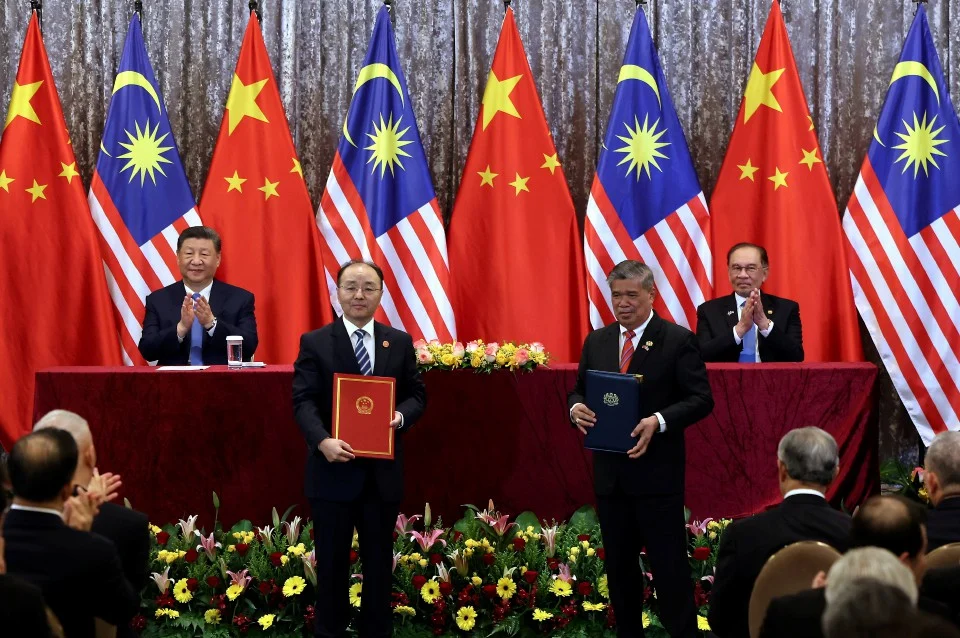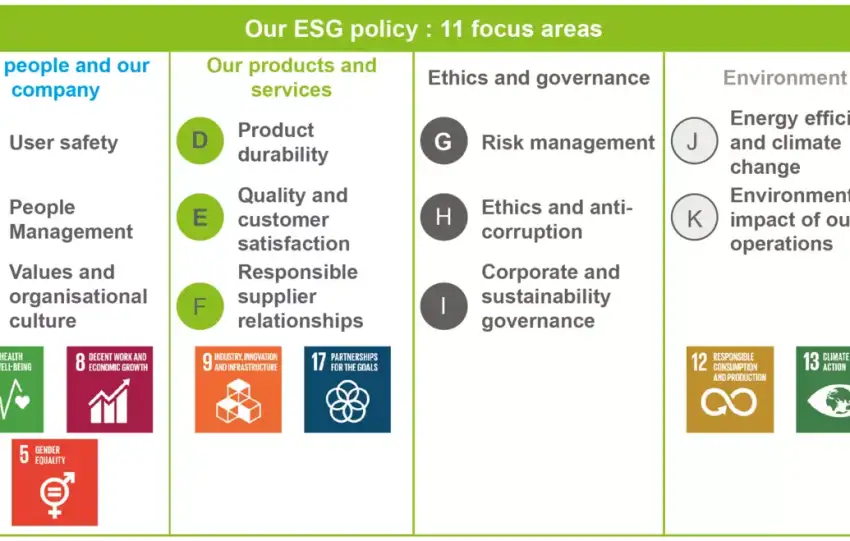23 April – China’s transformation from a largely agrarian economy into an industrial powerhouse offers valuable insights for Malaysia. As the country aims to strengthen its economic foundation and global competitiveness, drawing inspiration from China’s strategic approach could help guide Malaysia toward a more robust and resilient industrial future.
Forward-Looking Planning and Consistent Execution
China’s success has been rooted in long-term industrial planning and unwavering policy execution. Initiatives like the establishment of Special Economic Zones (SEZs) and massive infrastructure investments played a critical role in catalyzing growth and attracting foreign direct investment. For Malaysia, a focused approach to developing region-specific SEZs and ensuring continuity in economic policies can provide a solid platform for industrial development.
Developing Talent for Future Industries
A core driver of China’s progress has been its commitment to education and workforce development. By upgrading its education system and expanding technical and vocational training, China created a talent pool capable of supporting high-tech and value-added industries. Malaysia could follow suit by realigning its education strategies to equip its workforce with skills tailored to future-oriented sectors.
Driving Innovation Through Research and Collaboration
China’s investments in research and development (R&D) have enabled the nation to leap ahead in technology and innovation. Malaysia can strengthen its innovation ecosystem by encouraging partnerships between universities, research institutions, and private industry to create homegrown solutions and reduce reliance on imported technologies.
Boosting Infrastructure and Market Accessibility
China’s industrial rise was supported by extensive improvements in logistics, transport, and digital infrastructure. Malaysia could accelerate its industrial momentum by enhancing nationwide connectivity—physically and digitally—thus enabling efficient movement of goods, services, and information.
Balancing Growth with Sustainability
As China pivots toward greener practices, Malaysia can also integrate sustainability into its industrial policy framework. Emphasizing clean energy, responsible resource use, and ESG-compliant operations will not only align Malaysia with global expectations but also future-proof its industries.
Conclusion
While China’s economic path is unique, its strategies offer valuable principles that Malaysia can adapt to its own context. By prioritizing long-term planning, skills development, innovation, connectivity, and sustainability, Malaysia can craft a resilient and competitive industrial ecosystem for the future.
Source:
The Star





